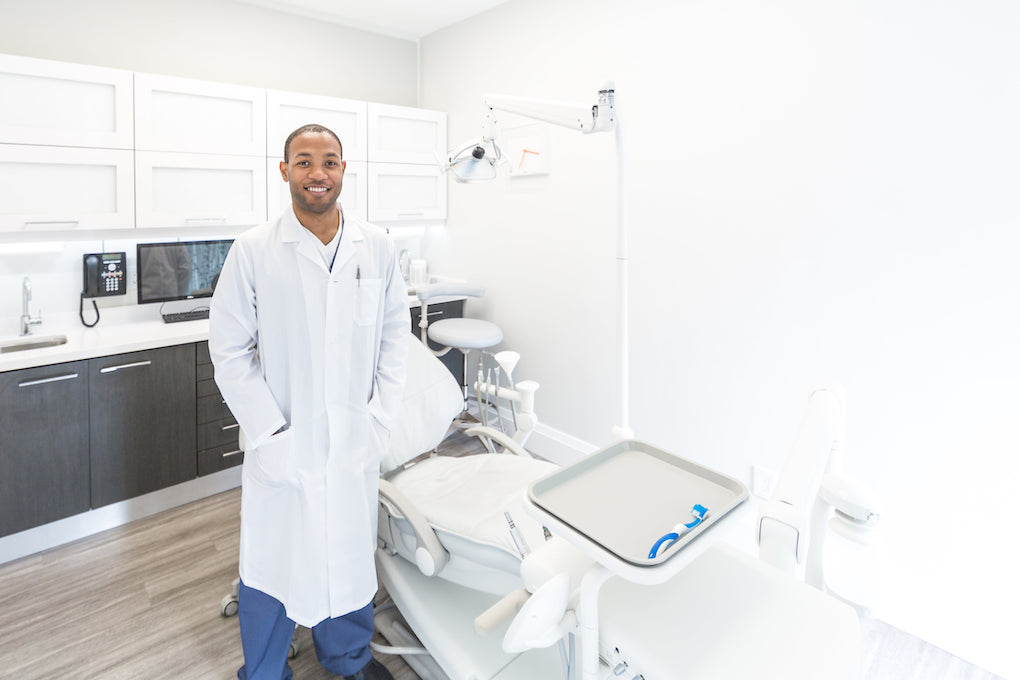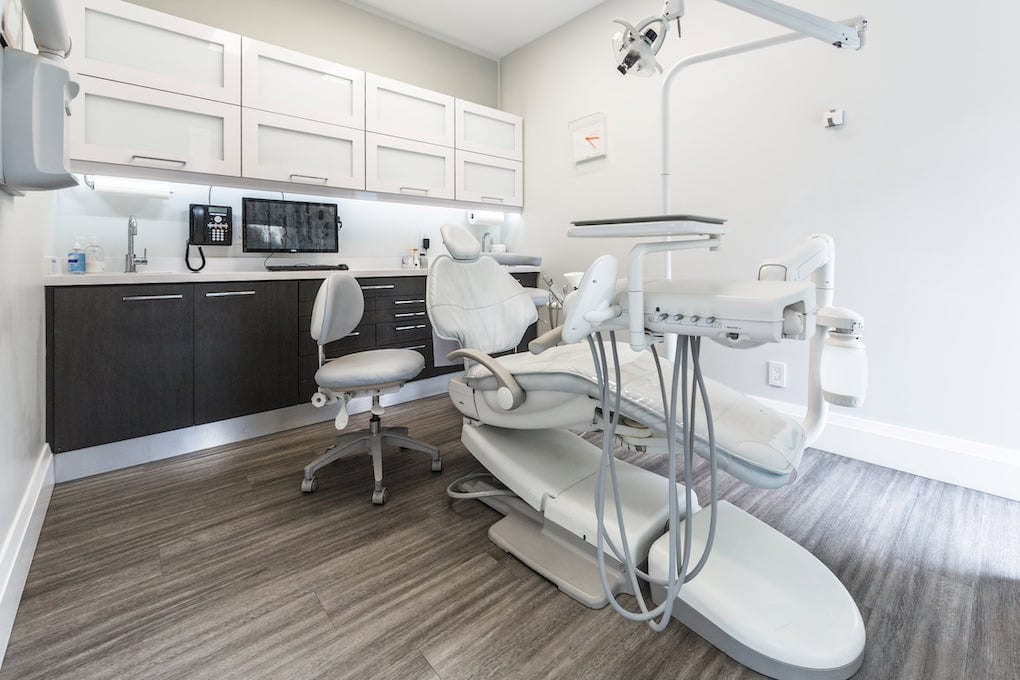
June 3, 2025
Benefits of Joining a Dental Service Organization That Change Everything

Here’s what most dentists don’t realize about DSO employment: you can earn $50,000-$100,000 more annually while working fewer hours than private practice owners. The benefits of joining a dental service organization go far beyond basic employment – they represent a fundamental shift in how you approach your dental career.
Private practice ownership sounds appealing until you calculate the real numbers. Practice owners typically work 50-60 hours per week, with 15-20 hours dedicated to administrative tasks rather than patient care. DSO dentists average 40-45 clinical hours weekly, with virtually no administrative responsibilities.
The financial reality is stark: practice owners may generate higher gross revenue, but DSO-affiliated dentists often take home more money due to significantly lower overhead and predictable income streams. When you factor in less financial risk, better benefits, and actual work-life balance, the advantages of joining a DSO become clear.
Financial Advantages of Joining A DSO Partnership That Make It Worthwhile
Let’s talk real numbers. New graduate dentists in DSO positions typically start at $150,000-$180,000 annually, with experienced dentists earning $200,000-$300,000 or more. Compare this to private practice ownership, where net income after expenses often falls below these ranges despite higher gross production.
DSOs offer competitive salary packages that include base guarantees plus production bonuses. Unlike private practice, where your income can fluctuate dramatically based on patient flow, emergency repairs, or economic conditions, DSO compensation provides stability. Many DSOs guarantee your salary for the first 90-180 days while you build your patient base.
Equity participation opportunities represent another significant advantage. Some DSOs offer profit-sharing programs or stock options that allow you to benefit from the organization’s growth. One major DSO reports that dentists participating in their equity program have seen returns of 15-20% annually over the past five years.
The elimination of business debt represents perhaps the most overlooked financial benefit. Practice owners typically carry $300,000-$800,000 in business loans, equipment financing, and real estate debt. DSO employment eliminates this liability entirely, allowing you to focus your borrowing capacity on personal investments like real estate or retirement accounts.
How DSO Services Reduce Your Operating Costs
Here are the specific cost reductions you can expect when joining a DSO:
Supply Costs: DSOs negotiate bulk purchasing contracts that reduce supply costs by 15-25%. A typical practice spending $4,000 monthly on supplies can save $600-$1,000 per month through DSO purchasing power.
Laboratory Fees: Centralized lab relationships often reduce crown and bridge costs by 20-30%. If you’re doing 50 crowns monthly at $120 each, DSO lab rates might reduce this to $85-$95 per unit, saving $1,250-$1,750 monthly.
Equipment Maintenance: DSOs maintain service contracts that cover all equipment maintenance and repairs. Instead of paying $500-$1,500 for emergency repairs, everything is covered under comprehensive service agreements.
Technology Upgrades: Rather than financing a $40,000 CEREC system individually, DSOs spread these costs across multiple locations. You get access to the latest technology without the debt service.
Insurance negotiations showcase another area where DSOs deliver measurable value. DSOs maintain dedicated credentialing teams that optimize insurance contracts and reimbursement rates. The average DSO practice sees 8-12% higher reimbursement rates compared to individual practices due to superior contract negotiations.
How DSOs Offload Administrative Burdens So You Focus on Dental Care
The administrative relief you’ll experience is immediate and substantial. Instead of spending evenings reviewing financial reports, managing payroll, or dealing with insurance issues, you leave the office and focus on your personal life.
Here’s what gets handled for you: All accounting and bookkeeping functions transfer to centralized teams. You receive monthly performance reports without having to compile or analyze the underlying data. Payroll processing, tax filings, and financial reporting happen automatically.
Human resources management becomes someone else’s responsibility. Staff recruitment, interviewing, and hiring are handled by dedicated HR teams who understand dental staffing requirements. Employee benefits administration, performance reviews, and disciplinary actions are managed centrally with local support.
Marketing activities that consume countless hours for practice owners are handled by professional teams. Patient acquisition campaigns, online reputation management, and community outreach programs run automatically. Most DSOs report 20-30% higher new patient acquisition rates compared to individual practice marketing efforts.
Essential Tasks DSOs Handle for Your Practice
The scope of administrative support is comprehensive:
Insurance Management: Verification, pre-authorization, claims submission, and follow-up are handled by dedicated teams. Claims rejection rates typically drop 40-60% due to specialized expertise and direct insurance company relationships.
Compliance Monitoring: OSHA requirements, HIPAA compliance, and state regulations are monitored continuously. DSOs maintain compliance officers who conduct regular audits and provide training updates as regulations change.
Supply Chain Optimization: Inventory management systems automatically reorder supplies based on usage patterns. Waste reduction programs typically decrease supply expenses by 10-15% through better inventory control.
Patient Communication Systems: Automated appointment reminders, recall systems, and follow-up protocols operate seamlessly. No-show rates typically decrease by 25-35% due to superior communication systems.
Financial Collections: Dedicated collections teams handle outstanding accounts, typically recovering 15-20% more than individual practice collection efforts.
State-of-the-Art Technology Plus Professional Development
DSOs provide access to technology that individual practices cannot justify financially. Here’s what you typically get:
Digital Imaging: 3D CBCT scanners, digital X-ray systems, and intraoral cameras are standard equipment. Individual practices might delay these $50,000-$100,000 investments for years, but DSOs ensure every location has current technology.
CAD/CAM Systems: Same-day crown capabilities through CEREC or similar systems become available immediately. These $40,000-$60,000 investments pay for themselves through increased case acceptance and patient satisfaction.
Practice Management Software: Comprehensive systems that integrate scheduling, treatment planning, imaging, and billing. Individual practices often struggle with outdated software due to upgrade costs, while DSOs maintain current platforms across all locations.
Career growth opportunities within DSO environments include mentorship programs, leadership development tracks, and continuing education support. Many DSOs allocate $3,000-$5,000 annually per dentist for continuing education, compared to individual practices where education expenses come directly from profits.
Advanced Equipment That Enhances Patient Care
The quality of patient care improves when you have access to proper equipment. DSOs ensure consistent equipment standards across all locations:
Surgical Equipment: Piezo surgery units, implant systems, and oral surgery instruments are available when needed. Individual practices often refer cases due to equipment limitations, while DSO practices can handle more procedures in-house.
Periodontal Treatment Tools: Laser therapy systems, ultrasonic scalers, and advanced periodontal instruments enhance treatment outcomes. Patient acceptance rates for periodontal therapy typically increase 30-40% when advanced treatment options are available.
Sterilization Systems: High-capacity sterilizers, biological monitoring systems, and automated instrument processing ensure consistent infection control standards. OSHA compliance becomes automatic rather than requiring constant monitoring.
Comprehensive Employee Benefits That Attract Top Talent
DSO benefits packages typically exceed what individual practices can provide:
Health Insurance: Group plans with 70-80% employer premium contributions. Individual practices often contribute 50% or less due to cost constraints. Dental and vision coverage are typically included at no additional cost.
Retirement Benefits: 401(k) programs with 3-6% employer matching, compared to individual practices where retirement benefits are often non-existent. Some DSOs also provide profit-sharing contributions that can add $5,000-$15,000 annually to retirement accounts.
Time Off: Standardized vacation policies typically provide 15-20 days annually, plus sick leave and continuing education time. Individual practices often have informal time-off policies that create scheduling conflicts.
Professional Development: Continuing education allowances, conference attendance, and internal training programs. Career advancement opportunities include practice management roles, regional leadership positions, and corporate development tracks.
Growth Potential With Complete Legal and Professional Support
Legal protection through DSO membership includes malpractice coverage that often exceeds individual policy limits. Group policies typically provide $2 million per occurrence/$6 million aggregate coverage at costs 20-30% below individual premiums.
Regulatory compliance support ensures practices meet all current standards without requiring your attention. DSOs maintain compliance teams that monitor regulatory changes and implement updates across all locations. This proactive approach prevents violations that could result in fines or license issues.
Tax planning becomes more sophisticated with DSO employment. W-2 income provides tax advantages that practice owners cannot access, while DSOs often provide financial planning services to help optimize personal tax strategies. Some DSOs offer access to financial advisors who specialize in dental professional wealth management.
Risk management extends beyond malpractice to include business continuity planning. If personal illness or family emergencies require extended time away, DSO practices continue operating seamlessly. Practice owners face significant financial losses during similar situations.
The DSO market continues expanding rapidly, creating opportunities for career advancement within growing organizations. Many current DSO executives started as affiliated dentists and advanced through internal development programs. This growth trajectory simply doesn’t exist in individual practice ownership.
When evaluating your career options, consider that joining a dental service organization provides financial advantages, operational support, and professional development opportunities that surpass traditional practice ownership in most measurable ways. The key is choosing a DSO that aligns with your clinical philosophy and career goals.








